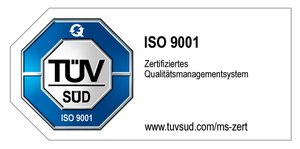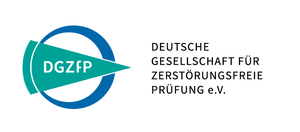Primary profile
The primary profile of a surface is a derived curve that can be generated from values of certain analysis methods. Technically, the primary profile is of particular importance for determining roughness and waviness. There are optical and tactile metrological methods to determine over a surface its structure. The primary profile can then be calculated as an average value from the data obtained about the surface texture. While the profile of a surface represents a mixture of roughness and waviness, these two parameters can be separated from each other by computational processes. For example, the roughness depth of a surface can be examined individually. Special roughness structures are necessary or desired for many surfaces and components in order to ensure optimum functional performance. Machining production processes are suitable for finishing rough surfaces, whereby reworking can be avoided by achieving the desired surface structure at an early stage. In this way, production costs can be optimized and manufacturing chains kept short. Various metrological methods are available for checking the surface finish and creating primary profiles.
We find the perfect solution for your project.
Contact us if you have questions to our services in the area of 3D metrology. We are looking forward supporting you in your success.



